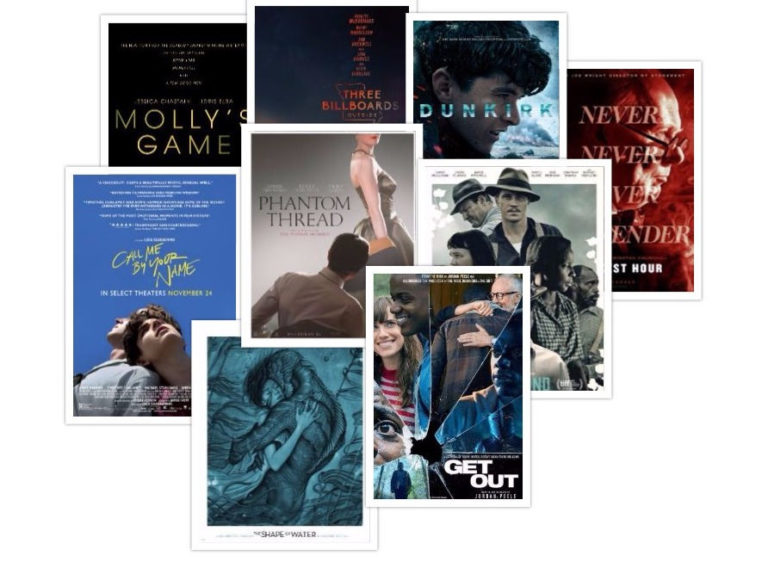Why do Native and Social go Hand in Hand?
IAB’s defines native advertising — as a paid ad that is so cohesive with the page content, assimilated into the design, and consistent with the user experience that the viewer simply feels that it belongs. Yet the term confuses more than it illuminates as per the recent survey.
In the context of social media, we define native advertising as: Ads that are seamlessly integrated into a user’s feed and are nearly indistinguishable from organic content. We have explained in recent reports why studios should adopt native advertisements like our news feed player, which we consistently find to be more elegant and effective than traditional ad formats like banners.
There are several important reasons for this but Pinterest’s CEO Ben Silbermann highlights the main aspect in a recent interview with The Wall Street Journal, “If you look at the most successful [web] companies, they really found a great intersection between what people are there to do and what advertisers want to do. They made the formats make sense.” The reason for this is the treasure trove of demographic data, such as gender, age, location, and even the time of day when you use their services, which allows them to be surgically precise in offering the right ad at the right time in such a way that’s hard to distinguish from content. Rich formats including photos and video often travel well inside these platforms too.
Example in point: Facebook recently introduced a new kind of advertising unit that addressed its biggest problem: generating revenue from its mobile users without annoying them. These ads, which suggest other apps you might be interested in downloading (and developers pay for the new users they attract). These ads helped Facebook generate $1.24 billion in mobile-only revenue in the fourth quarter of 2013. Facebook executives have been adamant in saying that they are turning away from pushing more ads into users’ feeds and focusing instead on delivering better ads with better results. These native ads are a promising start.
In-stream native ads look, feel, and function seamlessly across mobile and PC, which is precisely what brands want, as they seek to build cross-device campaigns. eMarketer reports that native ad spending in 2012 reached $1.63 billion, and that this number will increase to $2.85 billion by 2014. Here’s why experts are so bullish:
- On mobile’s smaller screens, the stream is the experience. Mobile ad spend was up 83% last year, to $8.9 billion globally.
- Facebook ads in the News Feed achieve 49-times higher click-through rates and a 54% lower cost-per-click than traditional placements in the right-rail sidebar, according to an AdRoll analysis of ad impressions traded through FBX, Facebook’s ad exchange.
- LinkedIn jumped on the bandwagon and launched Promoted Updates in July 2013
- Twitter started the native-social ad trend with Promoted Tweets in early 2010. The social network is now among the most influential voices in arguing that TV and digital ad spend can work hand-in-hand. Twitter now offers a suite of three different in-stream native ad products.
- Pinterest, Vine, and Snapchat will soon be offering some of the most effective types of native ads, centered on pictures.
We at Gruvi will continue to push the success of our Newsfeed units. We also intend to review how our units could work platforms such as Youtube, G+, Pinterest, Linkedin, etc to provide an ecosystem of rich native advertising experiences that compliment the users engagement with a particular piece of content. These will potentially allow brands to target different behaviours on different platforms from different users. Never has the saying the right message, to the right user at the right time been so close in online advertising!
If you would like to know more CONTACT US


